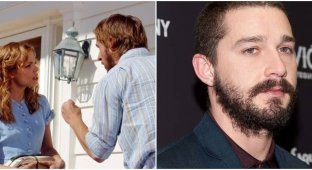10 cases when directors made gestures on the set, squeezing the last juice out of the actors (11 photos)
I’ll tell you one conclusion in advance: filming films in the 20th century was an extremely unsafe business. 
Star in the film, they said, it will be cool and fun. Oh well. Tell that to the following actors and actresses who were lucky enough to work in top film projects with brilliant directors, but apparently didn't get any pleasure from it. What pleased them most was that filming was finally over. After all, an insidious villain, who even has a special name - the director, was waiting for them on the set every day. We list some well-known cases of director tyranny and excesses on their part.
James Cameron and Ed Harris 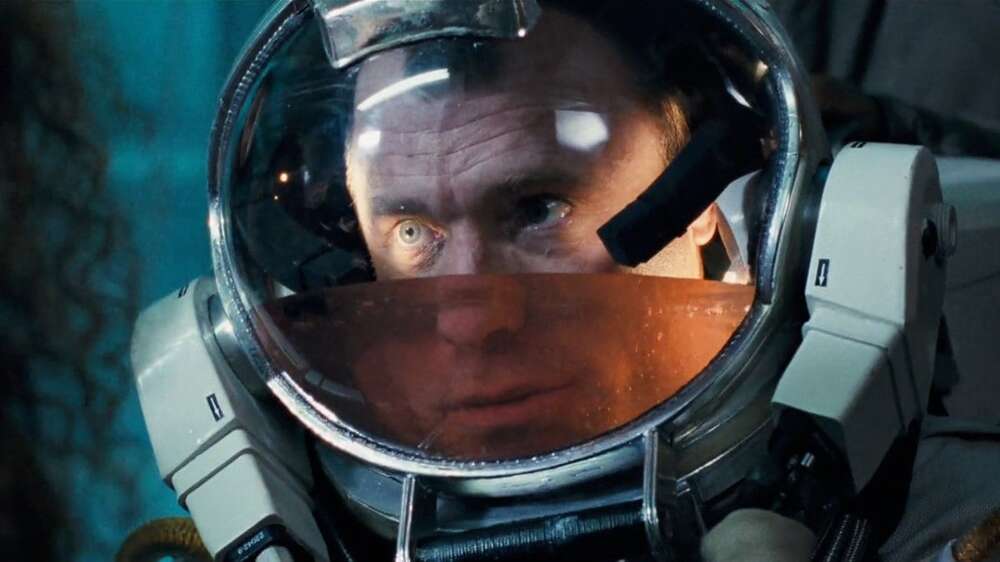
In the film "The Abyss" (1989).
When filming the scene in which his character nearly drowns, Ed Harris assumed that he was not in real danger. But at some point the star actually ran out of oxygen, and it began to truly suffocate. However, Cameron did not immediately stop filming, apparently wanting to capture the actor's real fear in the film.
As members of the film crew said, after this scene Harris burst into the director’s room, hit him in the face and promised never to work with him again. When the film was ready, he and his colleague in The Abyss, Mary Elizabeth Mastrantonio, who also suffered from the director, did not really participate in its promotion.
Fritz Lang and Peter Lorre 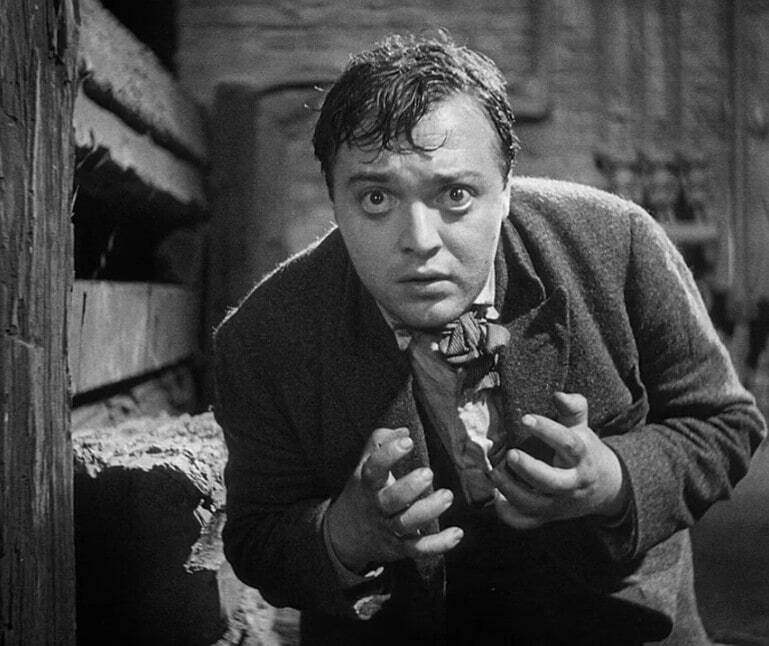
In the film "M Murderer" (1931).
Fritz Lang is a German director who has worked in Hollywood since 1934, who managed to stage not only the famous “Metropolis” in his homeland, but one of the first noirs in the history of cinema. In which he really beat up the main star. Yes, casting managers don’t report this.
In a scene near the end, a group of thugs drags, punches and kicks Lorre's character on the stairs. These days, scenes like this are carefully staged to ensure no one gets hurt, but Fritz Lang wasn't going to waste his time on it. He encouraged the other actors to quite deliberately beat Lorre, and as a result, the actor was left with a lot of terrible bruises on his body. And in one of the episodes, the hero is seen getting hit in the shin - Lang reshot this moment more than a dozen times, as a result of which Lorre was unable to walk for several days.
Lang also invited real criminals to film the film for believability. In general, the director was entertaining. But “M” became the starting point for the Hollywood career of the slapped Peter Lorre, who later starred in several hit projects, including “Casablanca.”
Stanley Kubrick and Shelley Duvall 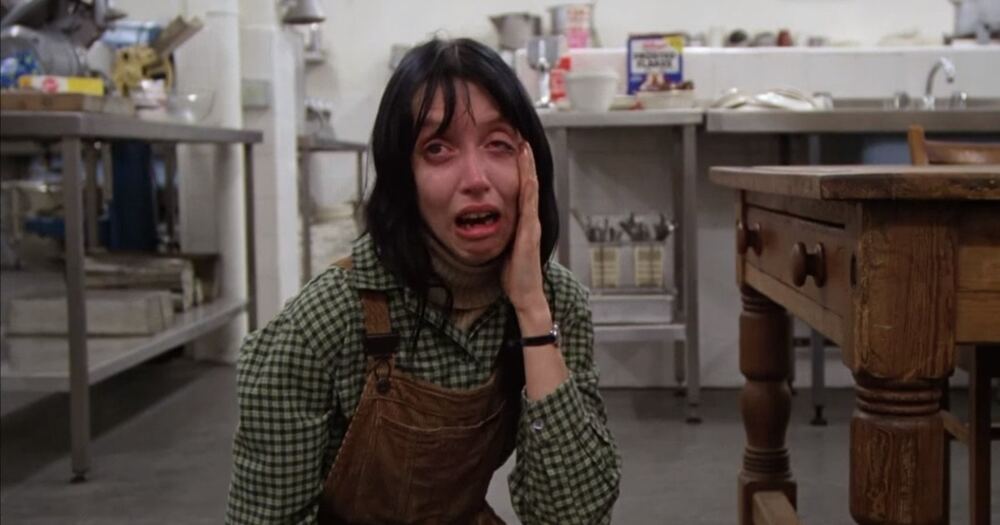
In the film "The Shining" (1980).
A classic example of bringing an actor to complete exhaustion in the name of the result. According to witnesses, Kubrick verbally abused Duvall and also forced her to re-shoot certain scenes over and over again in order to increase her stress level and make the acting more authentic. The actress had to re-shoot one of the scenes a total of more than 120 times. Due to the director's pressure, her hair even began to fall out.
By the way, Kubrick later noted Shelley Duvall’s performance as one of the main secrets of the film’s success.
Quentin Tarantino and Diane Kruger 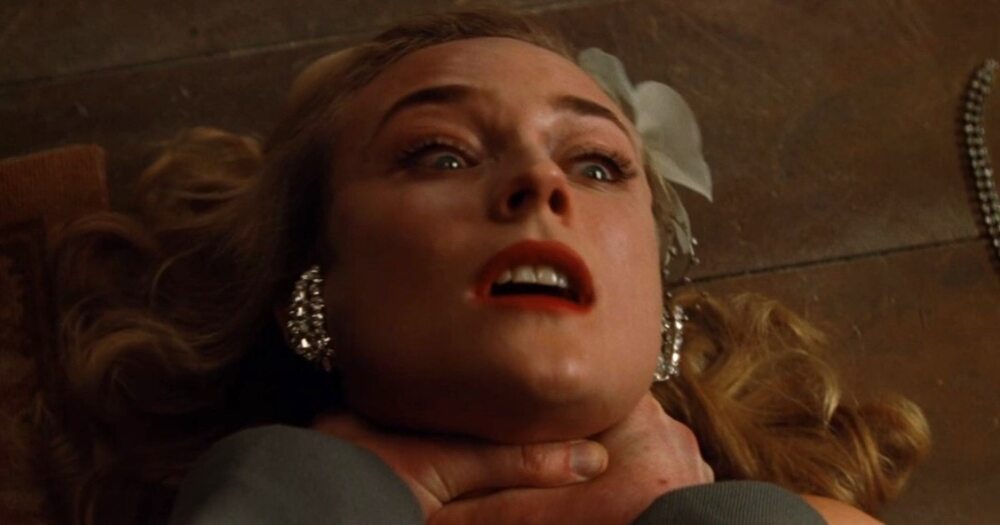
In the film "Inglourious Basterds" (2009).
Quentin Tarantino literally took into his hands the last seconds of Kruger's character in the film. It is his claws that we see in the frame. Having told Christoph Waltz that he was choking the actress too delicately, and asking the orderlies on the set to ensure that Diana’s eyes rolled back to the maximum allowed limit, Quentin grabbed her throat properly. Diane Kruger's facial expression in this scene is not acting at all.
Francis Ford Coppola and Martin Sheen 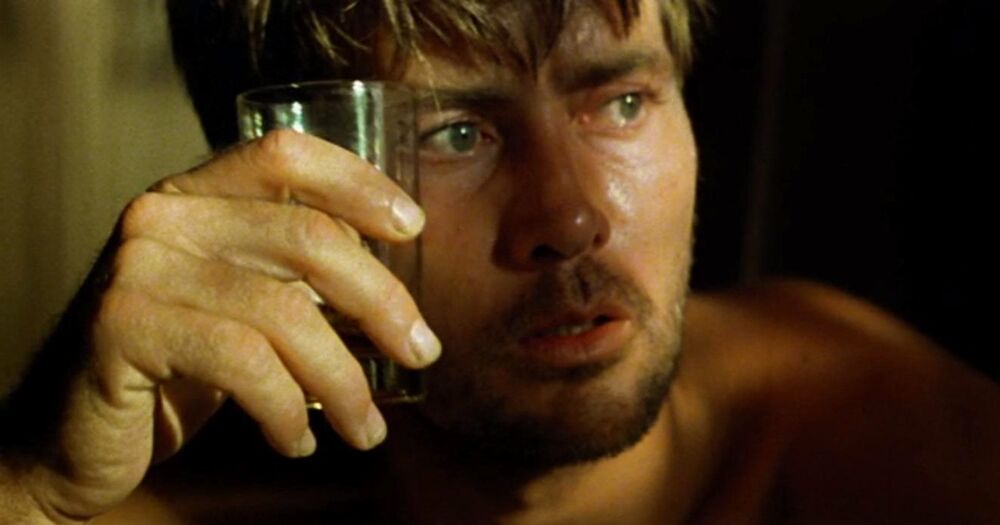
In the film Apocalypse Now (1979).
Determined to push the leading man to his breaking point, Coppola actively brainwashed Sheen and kept him drunk during the filming of the opening scene. By the way, this is a case where the actor quite consciously helped the director. This predictably led to Sheen developing an alcohol addiction and depression. And in the final version of the film there was a scene where a drunken Shin breaks a mirror with his fist and stains the set with blood. GamesWhether he has a role there or is simply barraging in a drunken stupor is difficult to understand.
Due to such a difficult start to filming the film (the entire Vietnamese part remained), during the rest of the filming period Shin was not particularly bothered with difficult scenes and was often replaced with a double. After all, he already had a hard time.
Alfred Hitchcock and Tippi Hoedren 
In the film "The Birds" (1963).
Another tyranny classic. In one of the final scenes of the legendary film, Tippi Hödren encounters real birds. The actress was shocked when it turned out that she would have to deal with real birds, and not with their mechanical copies. Hitchcock spent a week filming this scene, during which the birds attacked, scratched and pecked the actress, leaving her bedridden for several days.
The filming of this scene is well depicted in the film Girl (2012), where Tippy was played by Sienna Miller.
Mel Gibson and James Caviezel 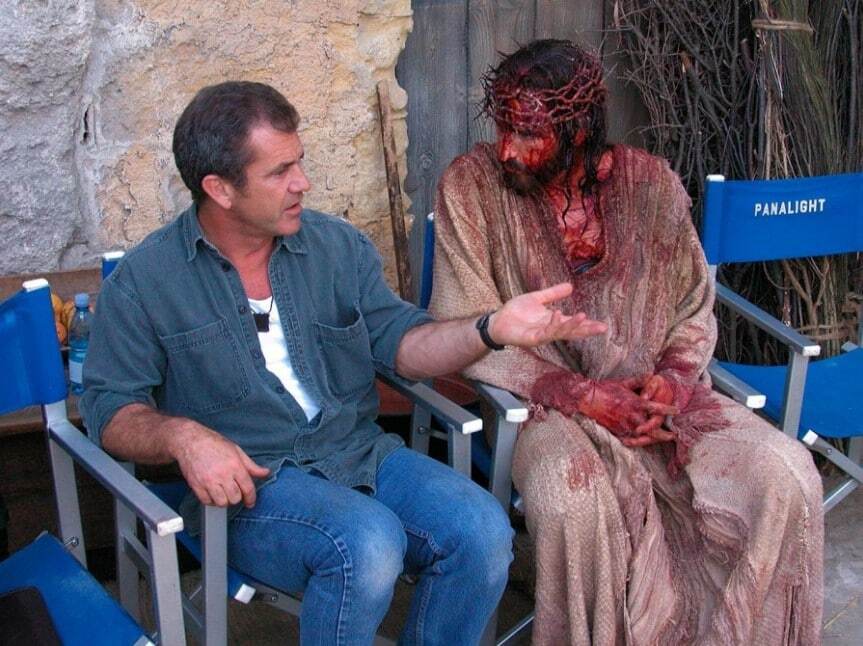
In the film “The Passion of the Christ” (2004).
This famous meme still from the film's set perfectly symbolizes how it was filmed.
On the set, staunch Catholic Mel Gibson spared no one. But it was especially bad for the leading man - James Caviezel survived almost all types of misfortunes: from a dislocated shoulder to being struck by lightning and pneumonia (of course, what else can you expect when you're filming in cold weather wearing only a loincloth). The actor also said that one of Gibson’s instructions led to him being beaten for real, knocking him down and leaving a 35-centimeter wound on his back.
What’s surprising here is Caviezel’s own attitude towards everything - he claimed that he was ready to die on the set, because he really believed in this project. She and Gibson definitely found each other!
William Friedkin and Linda Blair 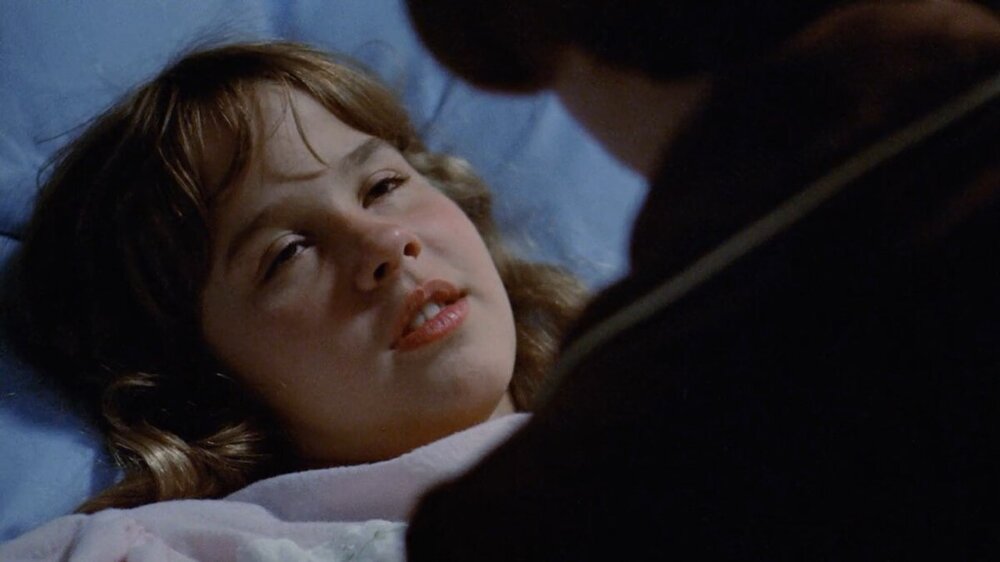
In the film "The Exorcist" (1973).
Although the director and his young star (she was 14 at the time of filming) remained friends throughout Friedkin's life, Friedkin nearly drove the life out of Blair while working on the film. He constantly forced the girl to move, performing a variety of intense actions that included vomiting, throwing around the bed and “levitating.” Linda especially didn't like vomiting:
It was warm, smelly, thick and sticky. It almost drove me crazy.
Linda also injured her back during the scene where her character is fighting in the bed. To film this moment, the actress was secured with special belts. Despite all the hardships, Linda Blair returned to her role in the second film. However, she no longer had to be “expelled” there.
Gene Kelly and Debbie Reynolds 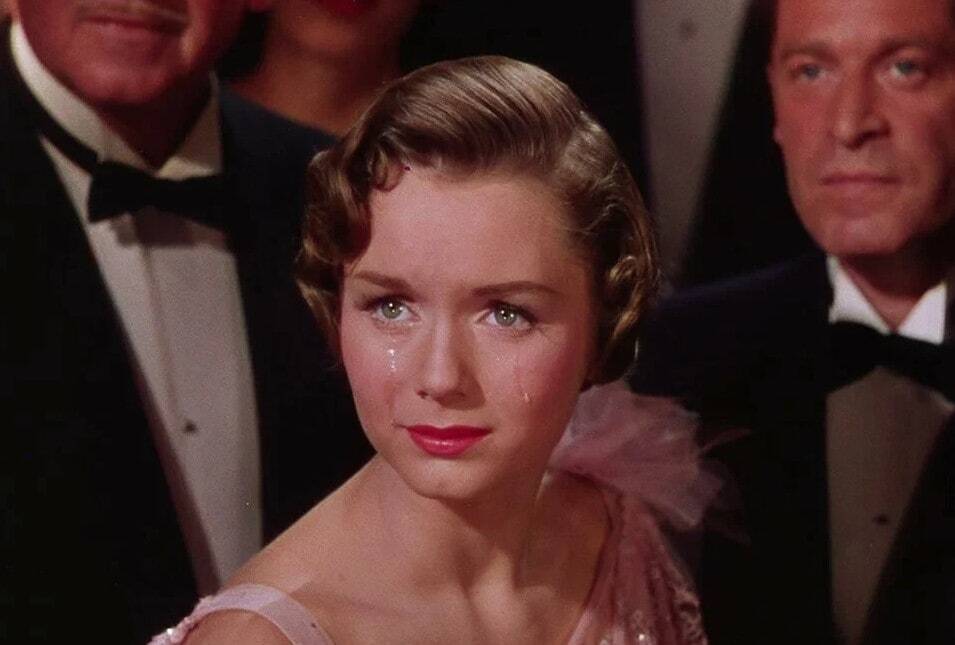
In the film Singin' in the Rain (1951).
The mood on the set of this upbeat musical was not so cheerful, as co-director and leading man Gene Kelly painstakingly worked actress Debbie Reynolds to the point of exhaustion.
Since Reynolds did not have classical dance training, Kelly constantly scolded her for her lack of dance experience, repeatedly bringing the actress to tears. He once insisted that she complete the “Good Morning” dance scene in one continuous 15-hour (or even 19-hour) shoot, after which the actress could not walk and her legs were bleeding.
In addition, Kelly did not have much praise for Reynolds even after such tests:
He criticized everything I did and didn't give me a word of encouragement.
By the way, the actor-producer himself did not at all deny his absurd attitude towards Debbie on the set and was publicly surprised that after such cooperation she was still ready to talk to him.
John Ford and Victor McLaglen 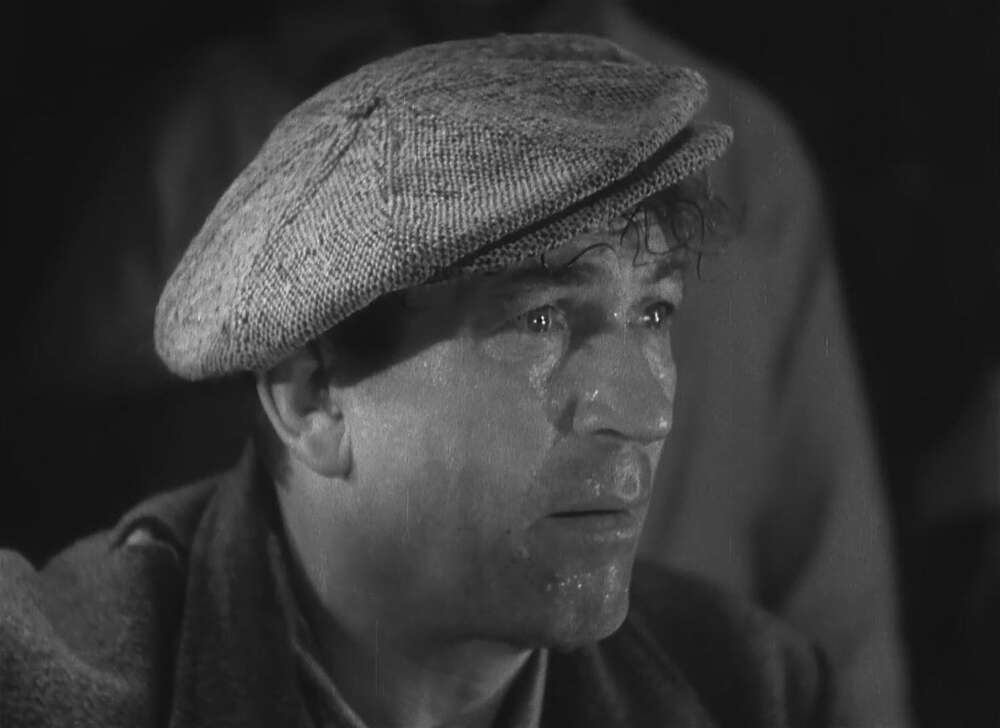
In the film "The Informant" (1935).
McLaglen played a bad drunk in the film, and Hollywood film legend, director John Ford, wanted his performance to be as authentic as possible. Therefore, he did everything possible to make life as difficult as possible for his main star. Ford changed McLaglen's schedule again and again, encouraged him to get drunk before filming, and even cheated in the following way: he assured the actor that he could take a day off, and then suddenly changed his mind and called McLaglen to the set, forcing the actor to work with a hangover.
By the end of filming, McLaglen was in emotional distress and allegedly even threatened to quit his job and kill the director. But in the end the film took place, and John Ford and Victor McLaglen each won an Oscar for directing and best actor, respectively.












